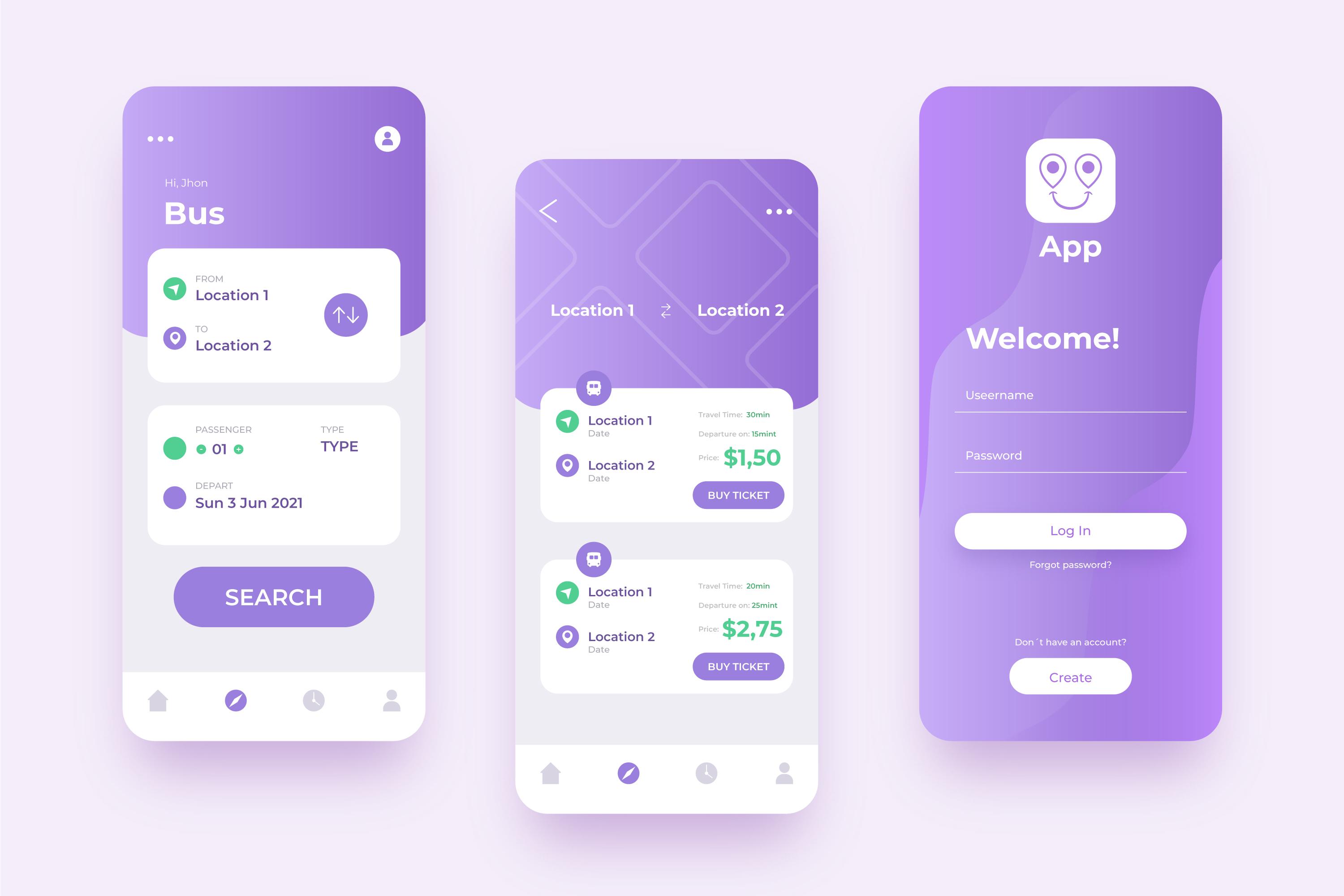Mobile App Design
Mobile app design refers to the process of creating the user interface (UI) and user experience (UX) for mobile applications.

Project Requirement
User Experience (UX) Design What We Focus.
- Usability: The app should be easy to use and navigate. It should have a clear structure that allows users to accomplish tasks quickly.
- User Flows: Mapping out the journey users take from opening the app to completing specific tasks. Each action should be simple and intuitive.
- Information Architecture: Organizing and structuring content in a way that makes sense to users. This helps users find information easily and enhances their interaction with the app.
- Wireframing & Prototyping: Wireframes are low-fidelity sketches or blueprints of the app’s layout, while prototypes are interactive versions that simulate how the app works. Both are used in the early stages of design to validate ideas and flows before development.
- Consistency: Ensuring a consistent design across screens (e.g., buttons, icons, colors) so users can quickly familiarize themselves with the app.
- Accessibility: Designing apps that are usable by everyone, including those with disabilities. This involves using readable fonts, high-contrast colors, and support for screen readers.
2. User Interface (UI) Design:
- Visual Elements: The aesthetics of the app, including the color scheme, typography, icons, buttons, and other elements that users interact with.
- Branding: The UI should reflect the brand’s identity. Colors, fonts, and logos should align with the brand’s guidelines and tone.
- Touch Interactions: Since mobile devices rely on touch, UI elements should be large enough for users to tap easily and designed for intuitive gestures like swiping, scrolling, and pinching.
- Responsive Design: The app’s UI must adapt to different screen sizes and orientations (portrait/landscape), as mobile devices vary in size.
- Animations & Transitions: Subtle animations can make the app feel smooth and intuitive. For example, using animations to provide feedback when a user taps a button or transitions between screens
-
Comprehensive Assessment Phase
-
Strategic Migration Plan Development
-
Robust Data Migration Strategies
-
Infrastructure Preparation
-
Application Migration
-
Training and Documentation
-
Infrastructure Preparation
-
Post-migration Support
Solution & Result
The successful execution of robust data migration strategies ensures the seamless transfer of data from on-premises servers to cloud storage solutions. Data integrity, security, and regulatory compliance are prioritized throughout the migration process. Rigorous testing and validation verify the accuracy and completeness of data migration, minimizing downtime and data loss risks.
To achieve successful data migration, our solution includes a comprehensive approach that encompasses meticulous planning, advanced techniques, and thorough testing. We leverage industry-leading tools and expertise.
